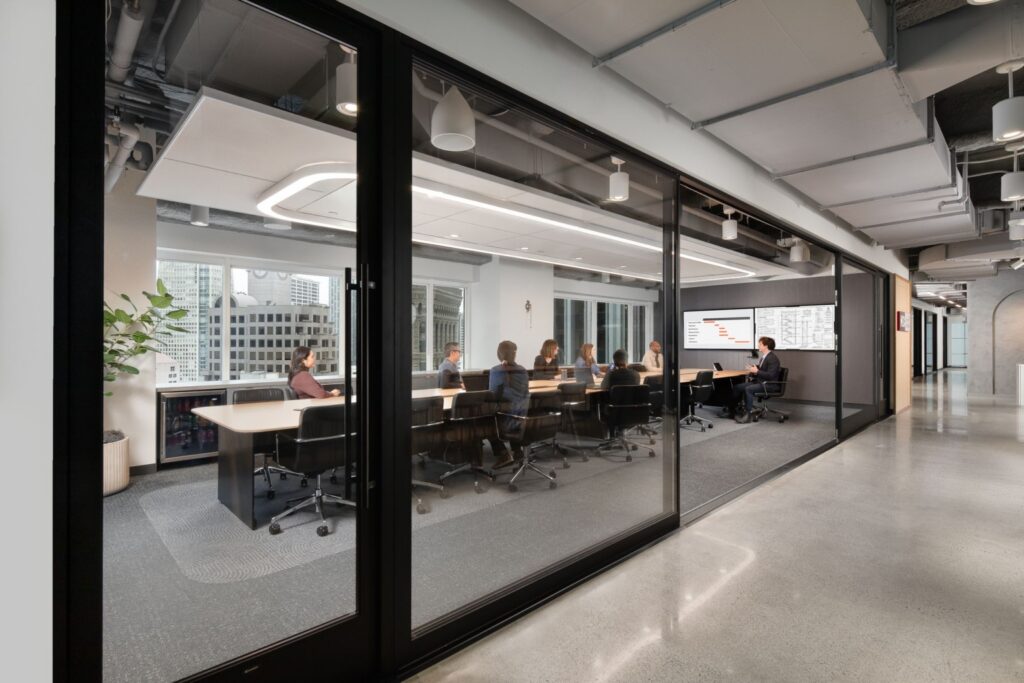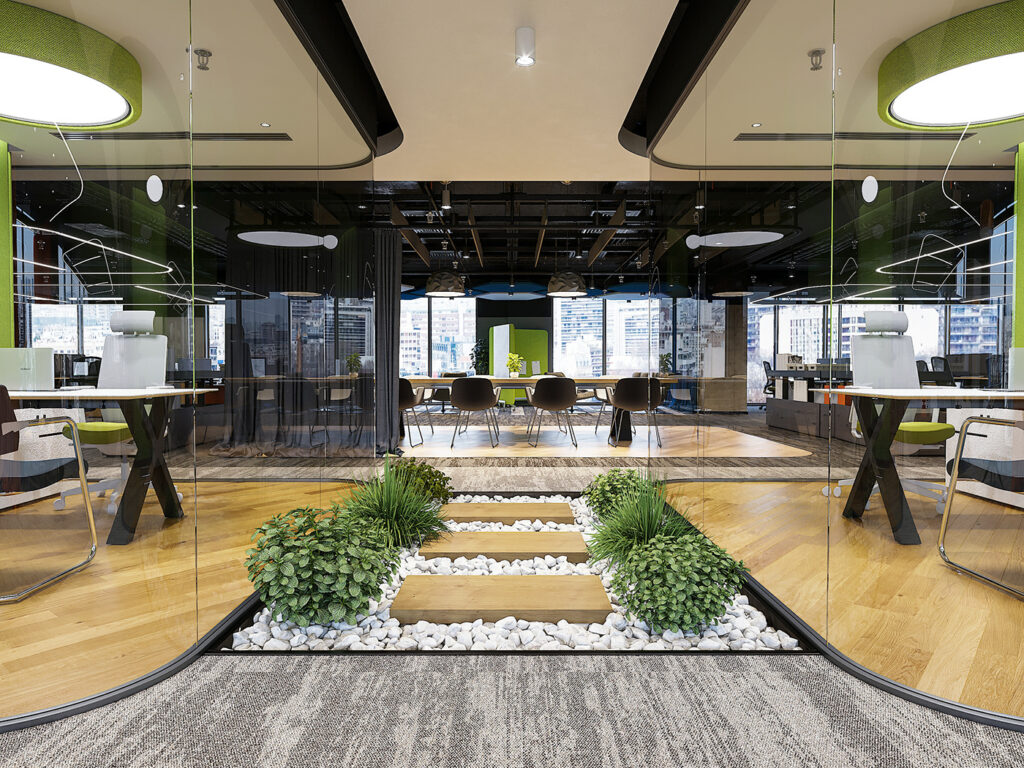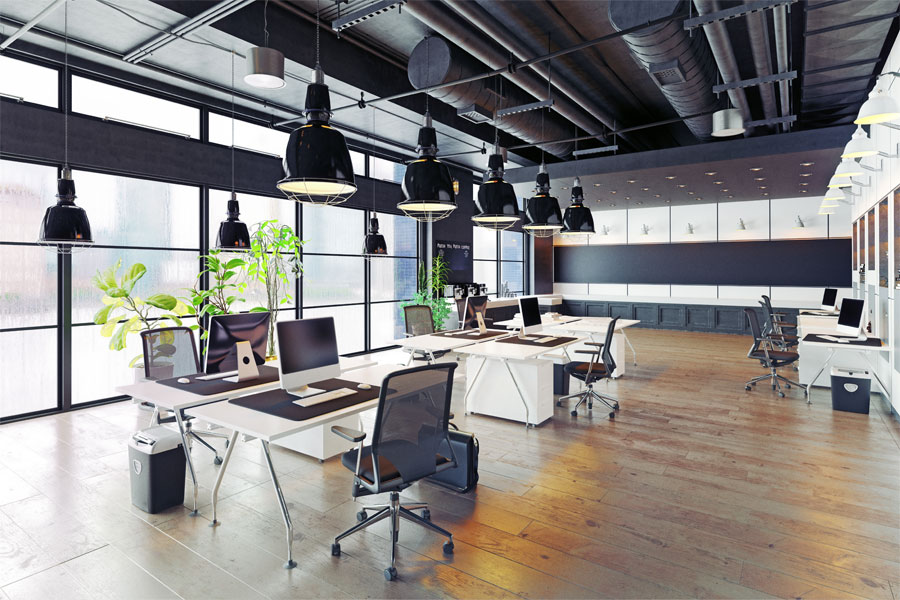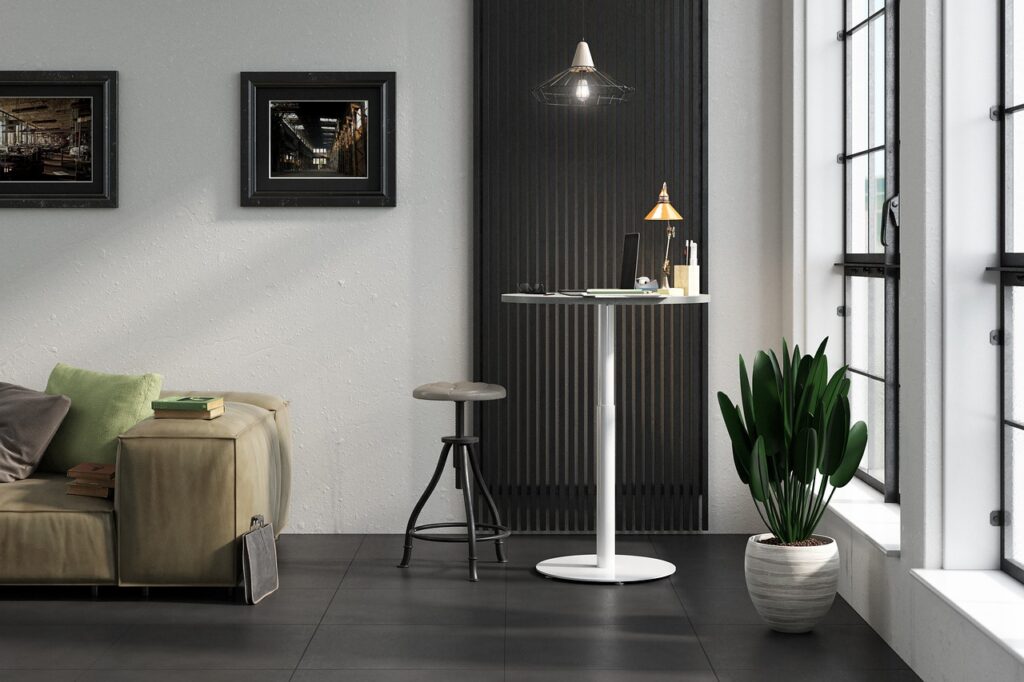In today’s evolving workforce, inclusivity goes beyond policies—it begins with thoughtful design. As awareness around neurodiversity grows, more organizations are seeking ways to create work environments that accommodate a range of cognitive and sensory needs.
But what does that mean for office design? How can spaces be made more welcoming and supportive for individuals who experience the world differently? In this blog, we’ll explore the design principles and practical solutions that support neurodivergent team members in the workplace.
1. What is Neurodiversity, and Why Does It Matter?
Neurodiversity refers to the natural variation in human brain function. Conditions such as ADHD, autism spectrum disorder (ASD), dyslexia, and anxiety disorders are all part of the neurodiverse spectrum. Supporting neurodivergent individuals isn’t just ethical—it improves innovation, engagement, and retention.
Yet, many offices are unintentionally overwhelming: harsh lighting, loud spaces, and rigid layouts can create barriers to focus and comfort. Inclusive design tackles these issues head-on.
2. Sensory-Friendly Design Strategies
For many neurodivergent employees, certain environmental stimuli can be distracting or even distressing. The goal of sensory-friendly design is to reduce overstimulation while providing comfort and choice.
Key strategies include:
- Soft, indirect lighting: Avoid harsh fluorescents. Use dimmable, natural light options where possible.
- Sound insulation: Acoustic panels, carpets, and soundproof pods help reduce distracting noise.
- Muted color palettes: Gentle tones reduce visual overwhelm while enhancing calm.
- Minimal clutter: Organized, predictable layouts ease cognitive load.
3. Provide Choice Through Zoned Environments
Just like hybrid offices, inclusive spaces benefit from zoning. This allows individuals to choose work settings that match their personal comfort levels.
- Quiet zones: Noise-controlled areas for deep work
- Stimulation zones: Creative spaces with color and movement for brainstorming
- Neutral zones: Balanced settings for day-to-day tasks
Providing autonomy is essential for neurodivergent individuals to feel safe and empowered.
4. Flexible Workstations
Fixed desk arrangements don’t work for everyone. Neurodiverse employees often need more control over their environment. Consider:
- Sit-stand desks for physical movement
- Privacy screens or pods to limit distractions
- Personal lighting and headphone access
These small changes support focus, regulation, and comfort.
5. Visual Communication and Wayfinding
Clear signage and visual cues help everyone, but especially those who process information differently.
- Use symbols, icons, and maps to guide navigation
- Keep wayfinding consistent throughout the office
- Label rooms by function (e.g., “Focus Room,” “Recharge Lounge”)
This reduces anxiety and supports independence.
Final Thoughts
Inclusive office design is more than just a trend—it’s the future of work. By designing for neurodiversity, organizations demonstrate care for their people while improving productivity, engagement, and retention. In 2025 and beyond, the best workplaces will be those that welcome all minds.
Internal Linking Suggestions:
Want to make your workspace more inclusive? The AirBrick team can help design thoughtful, sensory-aware spaces that empower your diverse workforce.





